It's that time again: where summertime is drawing to a close, the colors of autumn are beginning to appear, and that insatiable urge for pumpkin spice everything is taking over your sense. Yes, it’s back to school season.
Back to school was my favorite time of the year. As a stationery nerd, my choice in pens, notebooks and backpack were basically a matter of life or death. However, as much as a brand new Five-Star notebook got me revved up for the school year, one thing would turn my smile upside down: when my grandmother and mother would begin discussing school photo packages.
 How many of you out there still blame your parents for an unfortunate fashion decision in elementary school? What about that time you attempted to rebel against the whole notion by dying your hair right before portrait time? Regardless how one may feel about school portraits, this photography niche has evolved through the ages to remind us of our acne, braces, and, that one thing that we most often get those nostalgic butterflies in our stomach: our youth.
From paintings to the digital age, here’s how school portraits came to be.
How many of you out there still blame your parents for an unfortunate fashion decision in elementary school? What about that time you attempted to rebel against the whole notion by dying your hair right before portrait time? Regardless how one may feel about school portraits, this photography niche has evolved through the ages to remind us of our acne, braces, and, that one thing that we most often get those nostalgic butterflies in our stomach: our youth.
From paintings to the digital age, here’s how school portraits came to be.
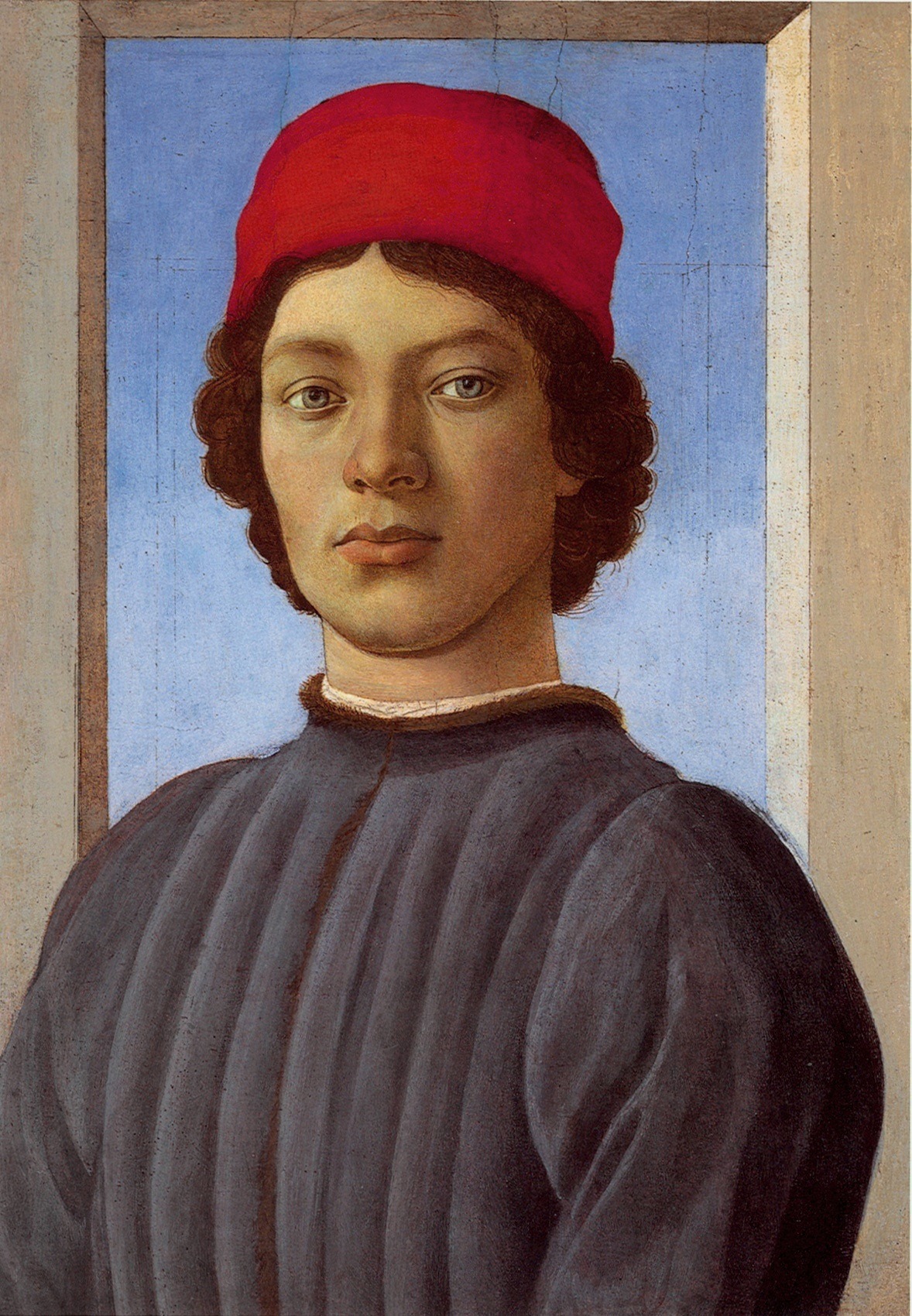 Botticelli, Portrait of a Young Man circa 1485[/caption]
[caption id="attachment_3106" align="aligncenter" width="400"]
Botticelli, Portrait of a Young Man circa 1485[/caption]
[caption id="attachment_3106" align="aligncenter" width="400"]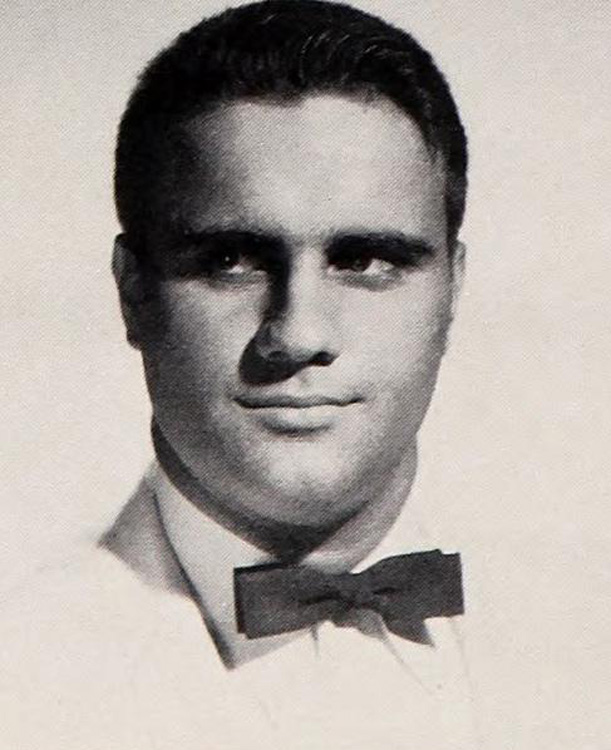 Joe Torre - James Madison High School circa 1958[/caption]
Joe Torre - James Madison High School circa 1958[/caption]
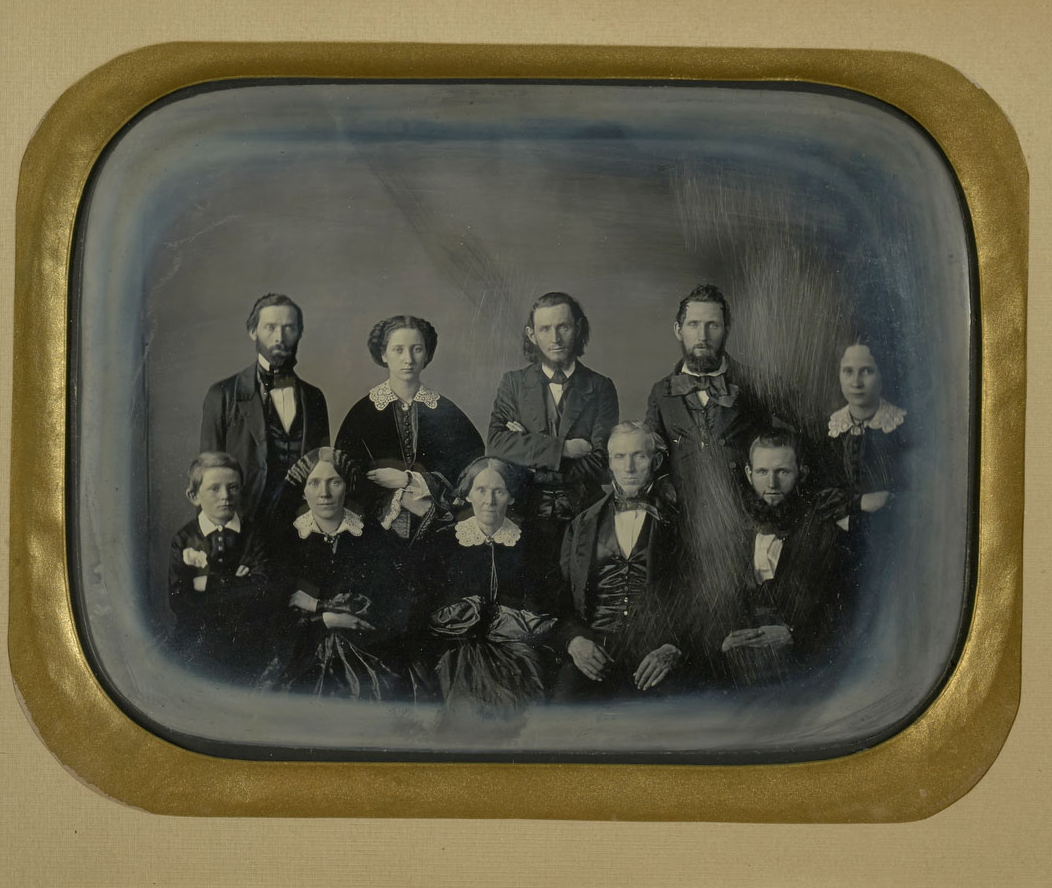 Unknown maker (American) | Portrait of a Family (detail) |circa 1850[/caption]
Unknown maker (American) | Portrait of a Family (detail) |circa 1850[/caption]
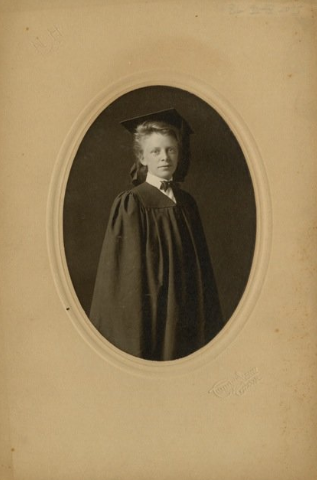 A young woman's graduation portrait, Exeter, N.H., 1905, Cunningham Photographic Studio[/caption]
A young woman's graduation portrait, Exeter, N.H., 1905, Cunningham Photographic Studio[/caption]
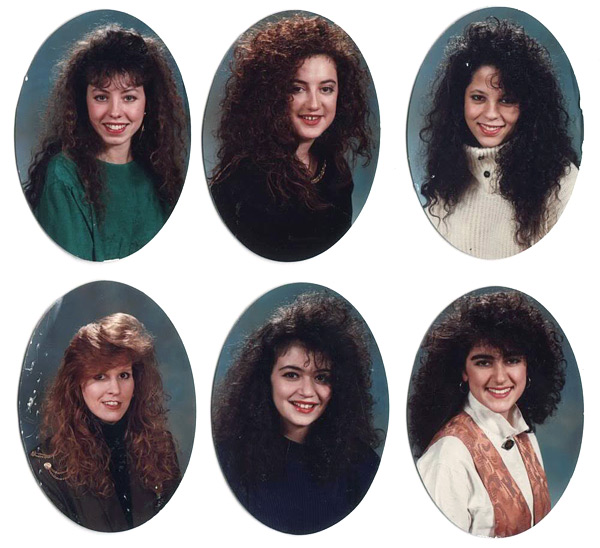 We all know the decade[/caption]
The years go by incredibly fast; and I'm sure the parents, not to mention the grandparents, the aunts, uncles, cousins, family friends...let's just say everyone wants a class portrait, a symbolic keepsake, whether print or digital, of one's formative years.
So, get your Sunday best ready and don't forget to say cheese.
We all know the decade[/caption]
The years go by incredibly fast; and I'm sure the parents, not to mention the grandparents, the aunts, uncles, cousins, family friends...let's just say everyone wants a class portrait, a symbolic keepsake, whether print or digital, of one's formative years.
So, get your Sunday best ready and don't forget to say cheese.
 How many of you out there still blame your parents for an unfortunate fashion decision in elementary school? What about that time you attempted to rebel against the whole notion by dying your hair right before portrait time? Regardless how one may feel about school portraits, this photography niche has evolved through the ages to remind us of our acne, braces, and, that one thing that we most often get those nostalgic butterflies in our stomach: our youth.
From paintings to the digital age, here’s how school portraits came to be.
How many of you out there still blame your parents for an unfortunate fashion decision in elementary school? What about that time you attempted to rebel against the whole notion by dying your hair right before portrait time? Regardless how one may feel about school portraits, this photography niche has evolved through the ages to remind us of our acne, braces, and, that one thing that we most often get those nostalgic butterflies in our stomach: our youth.
From paintings to the digital age, here’s how school portraits came to be.
It All Started in Oil
Let’s go way, way back to take a look at, arguably, two key periods when it comes to portraiture: The Renaissance and the Baroque period. There’s a reason why you don’t really see portraits of the common man, woman, or child during this era. Painted portraits were commissioned, and, therefore, expensive. Political figures, aristocracy, royalty, or self-portraits of painters themselves were among the few that are immortalized in oil on canvas during this period. And yes, the children of the aforementioned got portraits as well. While these portraits are linked more to their social rank rather than their current place within primary or secondary schools, the similarities and influences (especially in early poses) that would define the genre of portrait photography are evident. [caption id="attachment_3105" align="aligncenter" width="400"] Botticelli, Portrait of a Young Man circa 1485[/caption]
[caption id="attachment_3106" align="aligncenter" width="400"]
Botticelli, Portrait of a Young Man circa 1485[/caption]
[caption id="attachment_3106" align="aligncenter" width="400"] Joe Torre - James Madison High School circa 1958[/caption]
Joe Torre - James Madison High School circa 1958[/caption]
Memories for the Masses
The invention and introduction of the Daguerreotype in 1839 replaced the long sitting time once required for painted portraits. The medium was popular, especially in the United States, with Daguerreotype studios springing up through the 1850’s. According to The Met, while major American historical figures, such as Abraham Lincoln and Frederick Douglas, sat for their Daguerreotype portrait, the popularity of the medium is credited to the dollar of the common citizen. [caption id="attachment_3109" align="aligncenter" width="1000"] Unknown maker (American) | Portrait of a Family (detail) |circa 1850[/caption]
Unknown maker (American) | Portrait of a Family (detail) |circa 1850[/caption]
"The medium’s success in America was built upon the patronage of the average worker who desired a simple likeness to keep for himself, or more likely, to send to a loved one as the era’s most enduring pledge of friendship. Among the many momentous social transformations generated by photography’s invention was the possibility of self-representation by a large variety of groups previously excluded from official portraiture. Seamstresses, carpenters, actors, gold miners, and even the recently deceased all sat for their official portraits, leaving behind an extremely valuable record of their anonymous, if not invisible, lives.”Exchanging photos: check. Treasured keepsakes of youth and friendship: check. Moment of self-representation marking a specific age or era: check. The stage is set for one of the most influential figures in American photographic tradition...and you’ve probably never heard of him.
Meet George K. Warren
He was born in 1832, seven years before the Daguerreotype was introduced. When Warren grew up to be Boston-based photographer the once celebrated mid 19th-century medium was in decline. And, according to NPR’s The Picture Show, “he turned to a different photographic technology and capitalized on the ability of a single negative to produce many images.” Utilizing this new, faster, and cheaper technology, not to mention an attempt to keep the studio doors open, Warren would sell the following idea to university students: purchase prints in order to give them away as a memento of a time gone by. For nearly two decades, Warren would be recognized as one of the renowned figures of the "graduating class pictures." [caption id="attachment_3107" align="aligncenter" width="317"] A young woman's graduation portrait, Exeter, N.H., 1905, Cunningham Photographic Studio[/caption]
A young woman's graduation portrait, Exeter, N.H., 1905, Cunningham Photographic Studio[/caption]
An American Tradition
Since the late nineteenth century, much has changed politically, socially and technologically. Expanding from individual portraits to class and club group photos, today’s school grade school moments are, typically, shot using digital cameras. The turnaround has diminished; although the universal disdain for class portrait day may remain among today's elementary, middle, and high school goers. However, this genre of portrait continues to be a significant component, whether we would like to admit it or not, of our adolescence. [caption id="attachment_3111" align="aligncenter" width="400"] We all know the decade[/caption]
The years go by incredibly fast; and I'm sure the parents, not to mention the grandparents, the aunts, uncles, cousins, family friends...let's just say everyone wants a class portrait, a symbolic keepsake, whether print or digital, of one's formative years.
So, get your Sunday best ready and don't forget to say cheese.
We all know the decade[/caption]
The years go by incredibly fast; and I'm sure the parents, not to mention the grandparents, the aunts, uncles, cousins, family friends...let's just say everyone wants a class portrait, a symbolic keepsake, whether print or digital, of one's formative years.
So, get your Sunday best ready and don't forget to say cheese.






